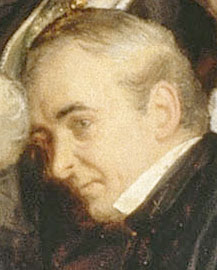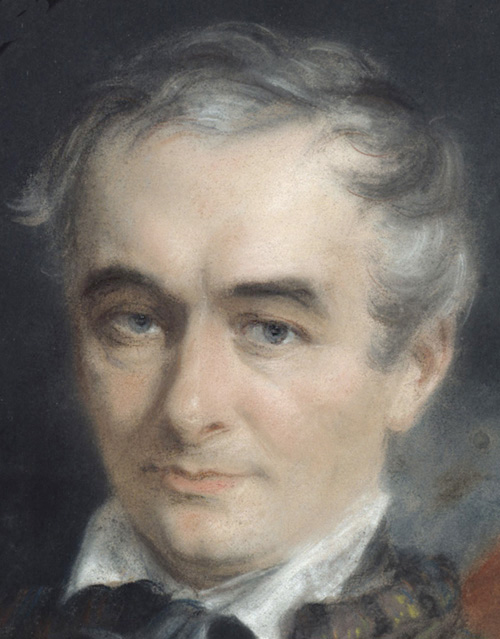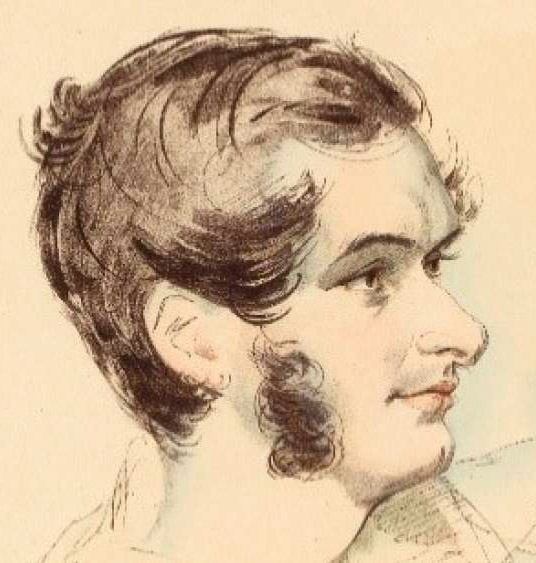Prosper Merimée (1803 – 1870), historian, monument inspector, writer
1st image: Soirée; 2nd: Arcellin (c.1850); 3rd: pastel by Rochard (1852); 4th: dandy Merimée, by Rochard (c.1835).
Prosper Mérimée, the mind behind Bizet’s famous opera Carmen, was a multifaceted talent. Few know about his hundreds of travels as an inspector and protector of historic monuments such as the fortress of Chinon.
Besides writer of short stories, Mérimée was also a senator, a gifted painter, and a linguist proficient in English, Spanish, Italian, Russian, Greek, and Latin.
Born to respected painters, Mérimée grew up in an environment filled with artists from various countries and languages. At seventeen, his first love affair was broken off by his parents, who also denied his subsequent love interest. Hence, Mérimée became a voracious reader, indulging in unconventional stories.
Initially studying law, as was custom, his parents recognized his drawing talent and allowed him to attend art school. Mérimée’s insatiable curiosity led him to also study languages and architecture, while he immersed himself in the poetry of Lamartine and Byron and befriended writer and womanizer Stendhal.
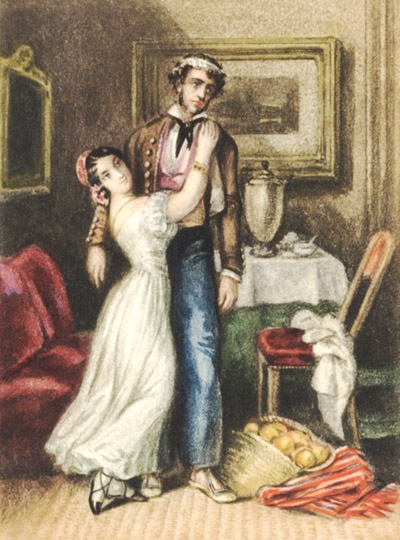
The young and attractive Prosper pursued both aspects, publishing his first novella Théâtre de Clara Gazul (1825), under a pseudonym (a ploy he learned from Stendhal). A dozen other successful novella’s, such as La Guzla, followed.
Mérimée’s government career began in 1830, leading him to Spain, where he became the lover of Countess de Montijo, inspiring him to write Carmen in 1845. Her daughter, Eugénie (born in 1826), who married Napoleon III in 1853, significantly impacted Mérimée’s career as she became the empress.
Mérimée had lifelong friendships with notable figures like Viollet-le-Duc40a, Viel-Castel43, Delacroix10, Augier53, and de Musset73. They frequently dined at La Rotonde du Palais Royal, with other prominent personalities such as Russian deputy ambassador Kisselef58.
In 1831, the young dandy Mérimée met Jenny Dacquin, maintaining a lifelong correspondence later published as Letters to an unknown (1874). He also became friends with Victor Hugo and had a brief affair with George Sand in 1833.
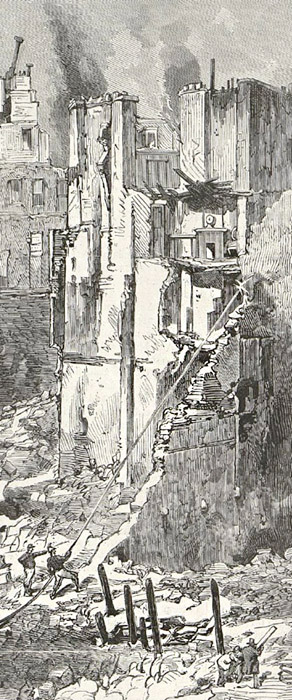
Le Monde Illustre (1871)
Mérimée found his ideal job in 1834 as an inspector for historic national monuments, traveling extensively in France and abroad.
His affair in 1836 with Valentina Delessert lasted ten years and inspired many short stories. Another affair in Corsica in 1839 inspired his novel Colomba.
Merimee often traveled with architect Viollet-le-Duc. Where architects, as wolves hired to guard the sheep, often prefer to replace buildings, Mérimée aimed to preserve the past (video). Elected to the Académie Française in 1844 (after seven voting rounds), his new responsibilities halted his writing career for twenty years.
The 1848 revolution and the 1851 coup furthered his government career. Viel-Castel wrote in April 1851: "Mérimée is like Nieuwerkerke; he has to be on everything. He used to say to me, "I'm a member of nine committees!"
Despite being convicted in a scandal in 1852, Empress Eugénie asked Mérimée to become her secretary. The emperor refused to accept the atheist Mérimée, but supported his appointment as senator in 1853.
This promotion clearly validated his prominent presence at de Nieuwerkerke's16 vendredi-soirées.
As his health declined, Mérimée returned to writing, producing his final novel, La chambre bleue.
He died in Cannes in 1870. Sadly, most of his writings were lost when his house on rue de Lille was burned down by the Communards in 1871.
